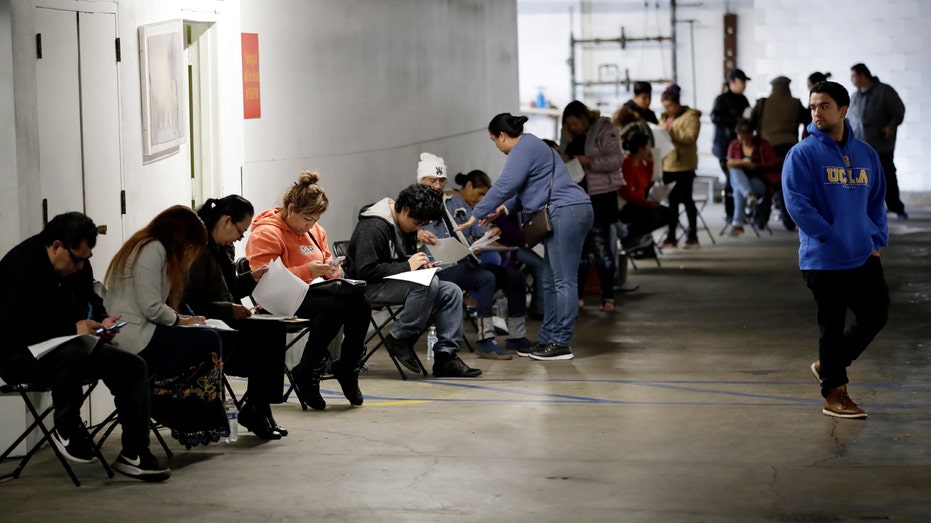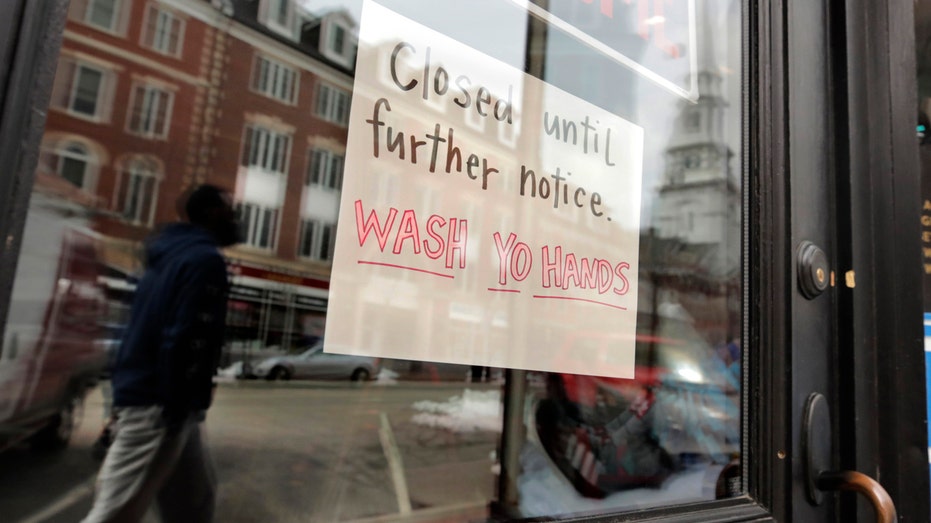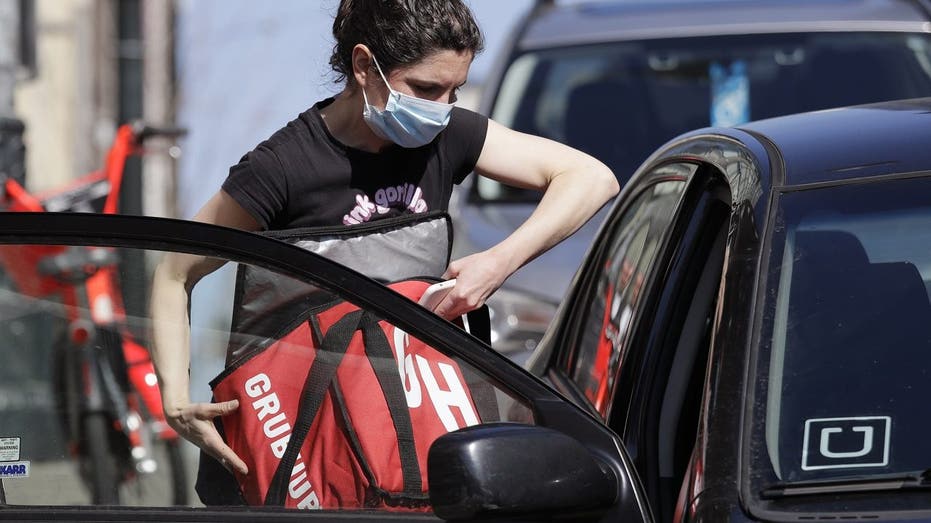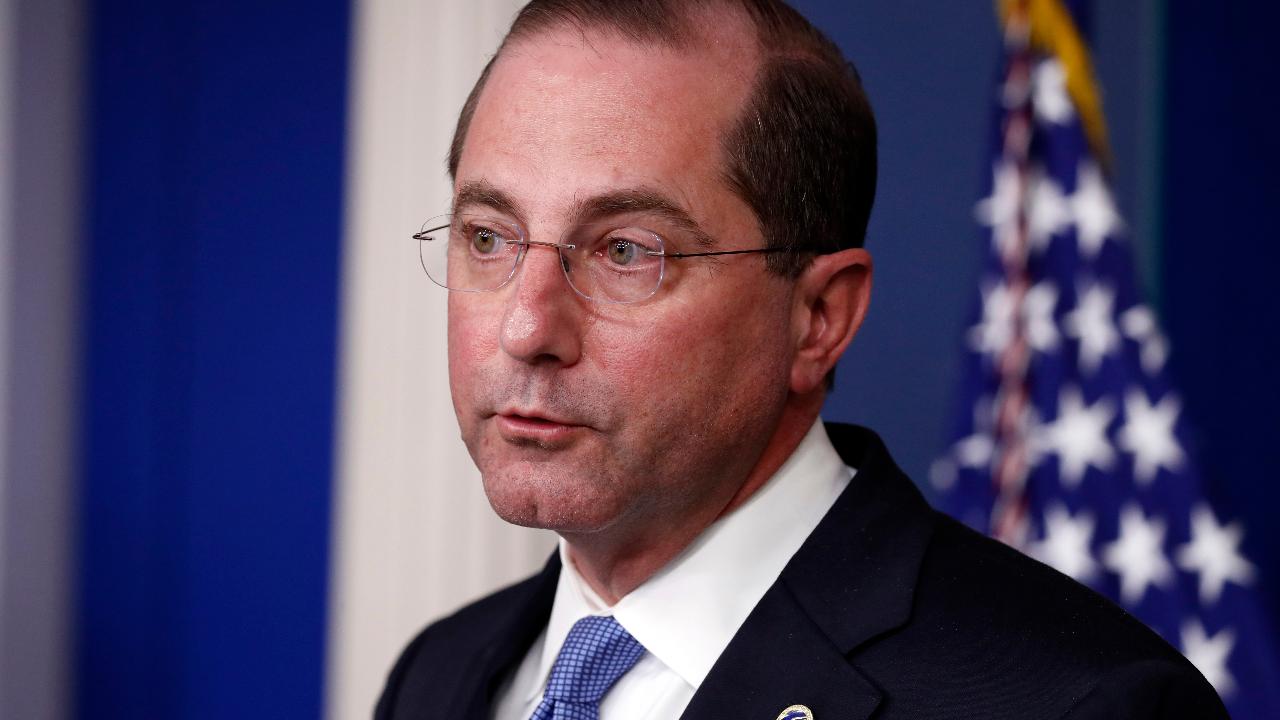How the coronavirus job cuts played out by sector and demographics
Perhaps ironically in the middle of a health crisis, the health care sector was among the most afflicted
Get all the latest news on coronavirus and more delivered daily to your inbox. Sign up here.
The job losses suffered in March as the U.S. economy shut down in the face of the novel coronavirus pandemic were widespread but still were disproportionately felt in a handful of employment sectors as well as by women, the young and the less educated.
In all, 701,000 jobs were reported lost last month, the Labor Department said on Friday, but even that massive number -- the largest since the financial crisis 11 years ago -- did not capture the true depth of the losses because the monthly survey was conducted too early in March.
Still, it shows that even in the earliest stages of the business closures that have since spread across the country, the cuts were most heavily felt in industries such as hotels, restaurants and education as the travel industry shut down, bars and eateries closed their doors, and day care centers shuttered, all in the aim of limiting the spread of the disease.

Unionized hospitality workers wait in line in a basement garage to apply for unemployment benefits at the Hospitality Training Academy in Los Angeles. (AP Photo/Marcio Jose Sanchez, File)
And, perhaps ironically in the middle of a health crisis, the health care sector was among the most afflicted as providers of nearly any service apart from acute care for sufferers of COVID-19, the lung ailment caused by the novel coronavirus, suspended operations and stopped seeing patients.
UNEMPLOYMENT FILING TIPS DURING CORONAVIRUS
The following charts offer a picture of how March’s job losses -- certain to be revised higher and followed by even larger cuts in April -- played out across various industries and demographic groups.
The leisure and hospitality sector shed 459,000 jobs -- 65% of all the positions lost in March. The loss, the largest monthly decline in the sector ever, effectively wiped out two years of employment gains in the industry.
CAN YOU APPLY FOR UNEMPLOYMENT INSURANCE ON CORONAVIRUS FURLOUGH?
The largest share of that came at restaurants and bars, which slashed 417,000 jobs.
Around 76,000 health and education jobs were eliminated, led by 29,000 cuts at dentists' and physicians' offices and another 19,000 at day care centers.
The federal government sector stood out as a rare example of net job gains last month, thanks to the addition of 17,000 temporary workers for the 2020 census.

A closed sign hangs in the window of a shop in Portsmouth, N.H., one of many shuttered by the coronavirus pandemic. (AP Photo/Charles Krupa, File)
The unemployment rate shot up to 4.4% from a half-century low of 3.5%, the largest one-month increase in the jobless rate since 1975.
By race or ethnicity, the largest increases were seen among Asians and Latinos, with increases of 1.6 percentage points each, nearly twice the overall increase of 0.9 percentage point. Both whites and African Americans saw their rates rise at the same pace as the national rate, although the unemployment rate now for blacks -- at 6.7% -- is 65% higher than for whites at 4%.
CORONAVIRUS HAS CHANGED ECONOMIC HISTORY: MORGAN STANLEY STRATEGIST
The youngest workers were also the most likely to lose work in the early stages of the shutdown.
The unemployment rate for teenagers rose by 3.3 percentage points to 14.3% and for those between 20 and 24 years old by 2.3 points -- the most since 1953 -- to 8.7%.
By contrast, unemployment for those in the 25-to-34-year-old age bracket rose by just 0.4 percentage point to 4.1%. The jobless rate for workers aged 45 to 54 rose 0.7 percentage point to 3.2%, the lowest rate for any age group.

Food delivery driver Dori McGuire Guy wears a protective mask as she loads a take-out order into her car in Seattle. (AP Photo/Elaine Thompson)
Employees with lower levels of education also found themselves thrown out of work at a higher rate in March.
GET FOX BUSINESS ON THE GO BY CLICKING HERE
The rate for workers without a high school diploma jumped by 1.1 percentage points to 6.8%, the highest in nearly three years.
For people with a college degree, meanwhile, the jobless rate rose by 0.6 percentage point to 2.5%. Still, it was the largest monthly increase in the rate for that demographic since the Labor Department began tracking it in the early 1990s.
And finally, there was a notable gender gap in the unemployment rate increase last month. The jobless rate for men rose by 0.7 percentage point, while the rate for women rose 0.9 percentage point, perhaps explained by their greater representation in the hardest-hit employment sectors such as hospitality and health care.
The overall rate for both sexes over the age of 20 now stands at 4%.
CLICK HERE TO READ MORE ON FOX BUSINESS
